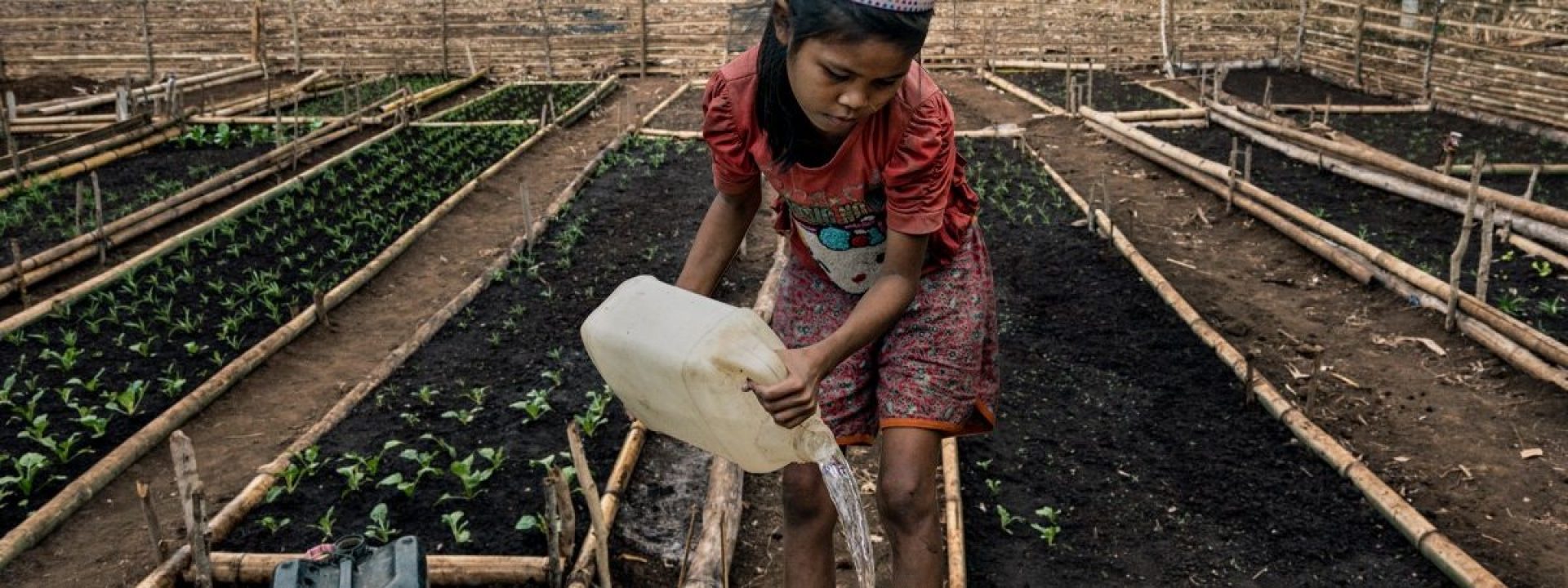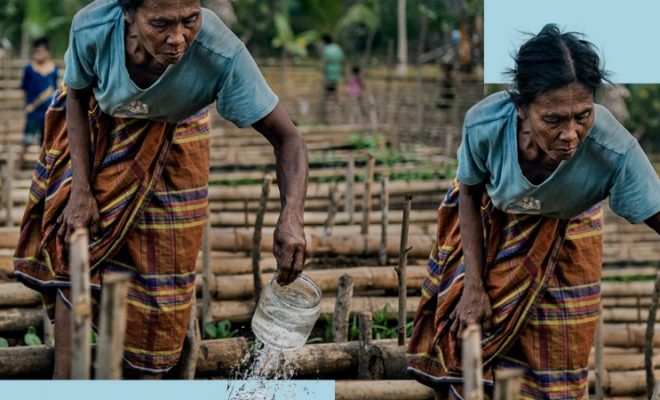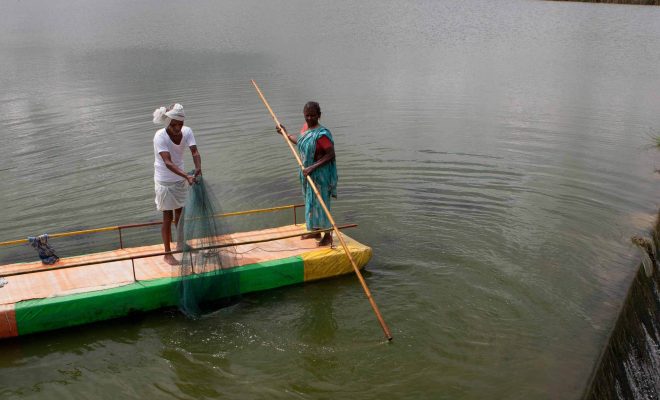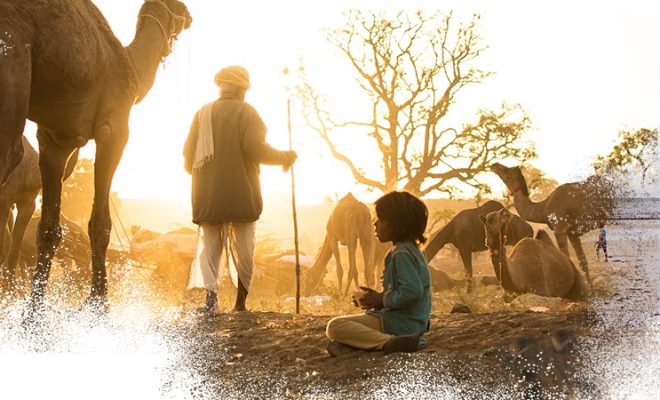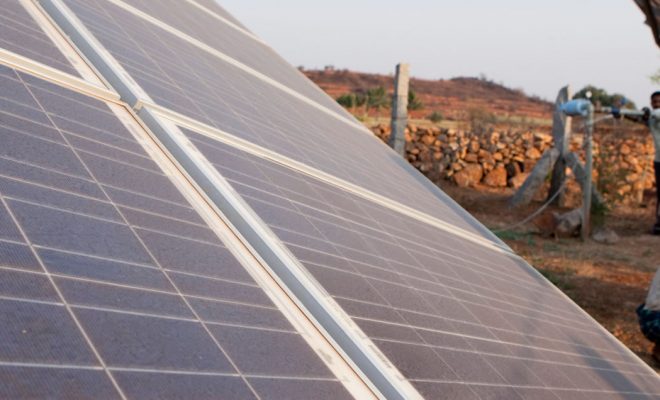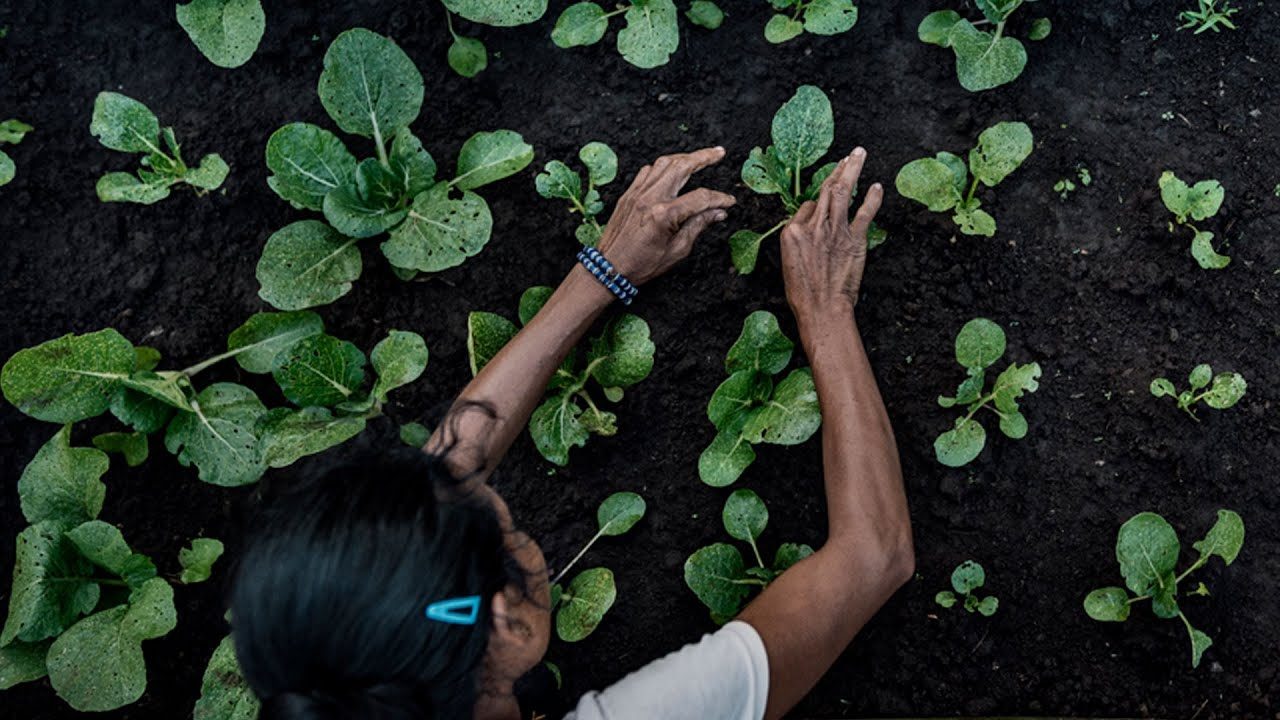
“Soil is the only magical material that turns death into life.” The Indian philosopher Sadhguru, one of the founders of the Save Soil movement, is trying to make the world aware of the importance of a change in approach to environmental problems: to stop soil degradation, an urgent measure that is essential to help mitigate droughts, forest fires and preserve the Earth’s topsoil. The movement, supported by the United Nations and numerous associations and scientific research centers, aims to promote changes in the national policies of 193 countries to increase and maintain the organic content of soils.
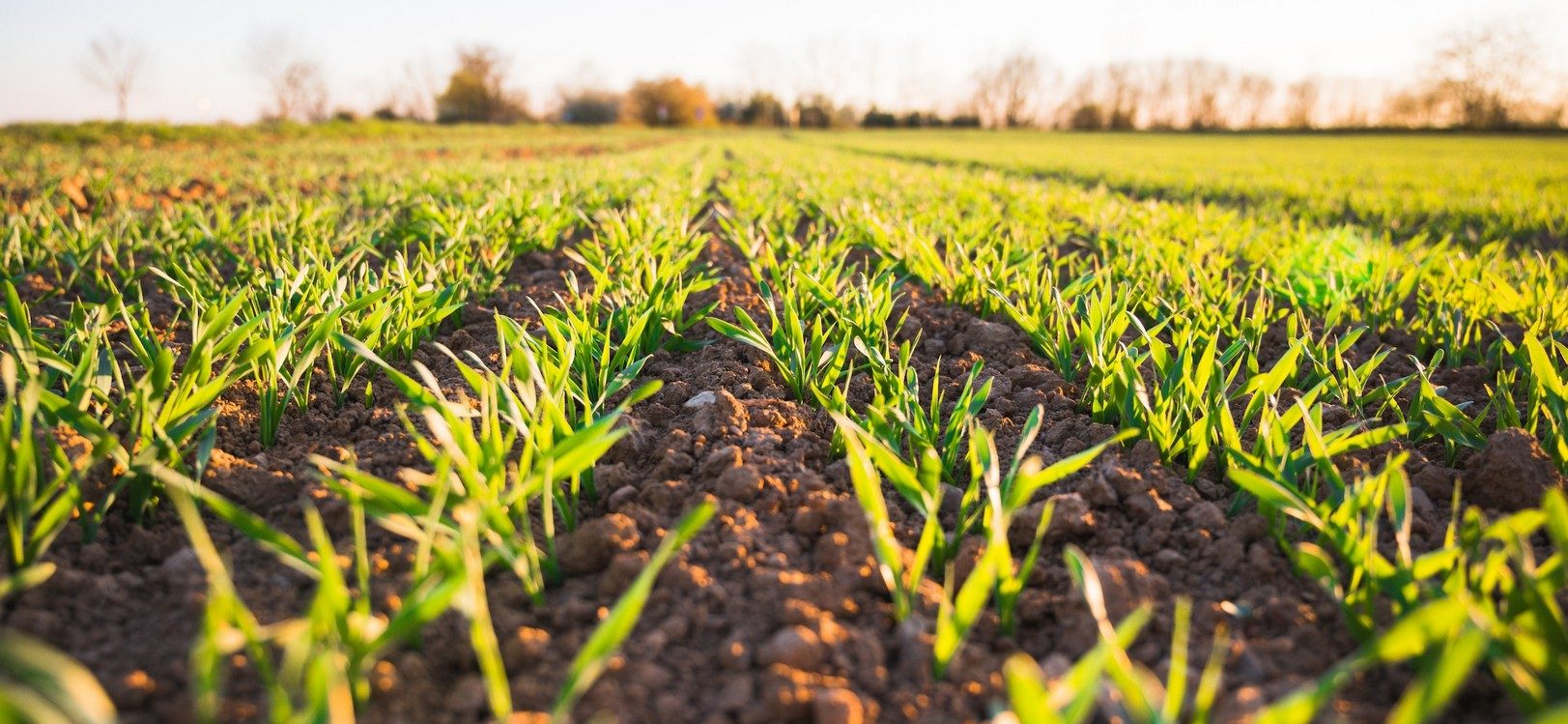
Healthy soil is the best tool for addressing the climate crisis and food insecurity.. © Jan Kopriva-unsplash
More than half of the agricultural land is degraded
According to FAO, approximately 33% of the world’s land suffers from erosion, pollution, and urbanization. Over 50% of the agricultural area has lost its ecological balance due to human action.
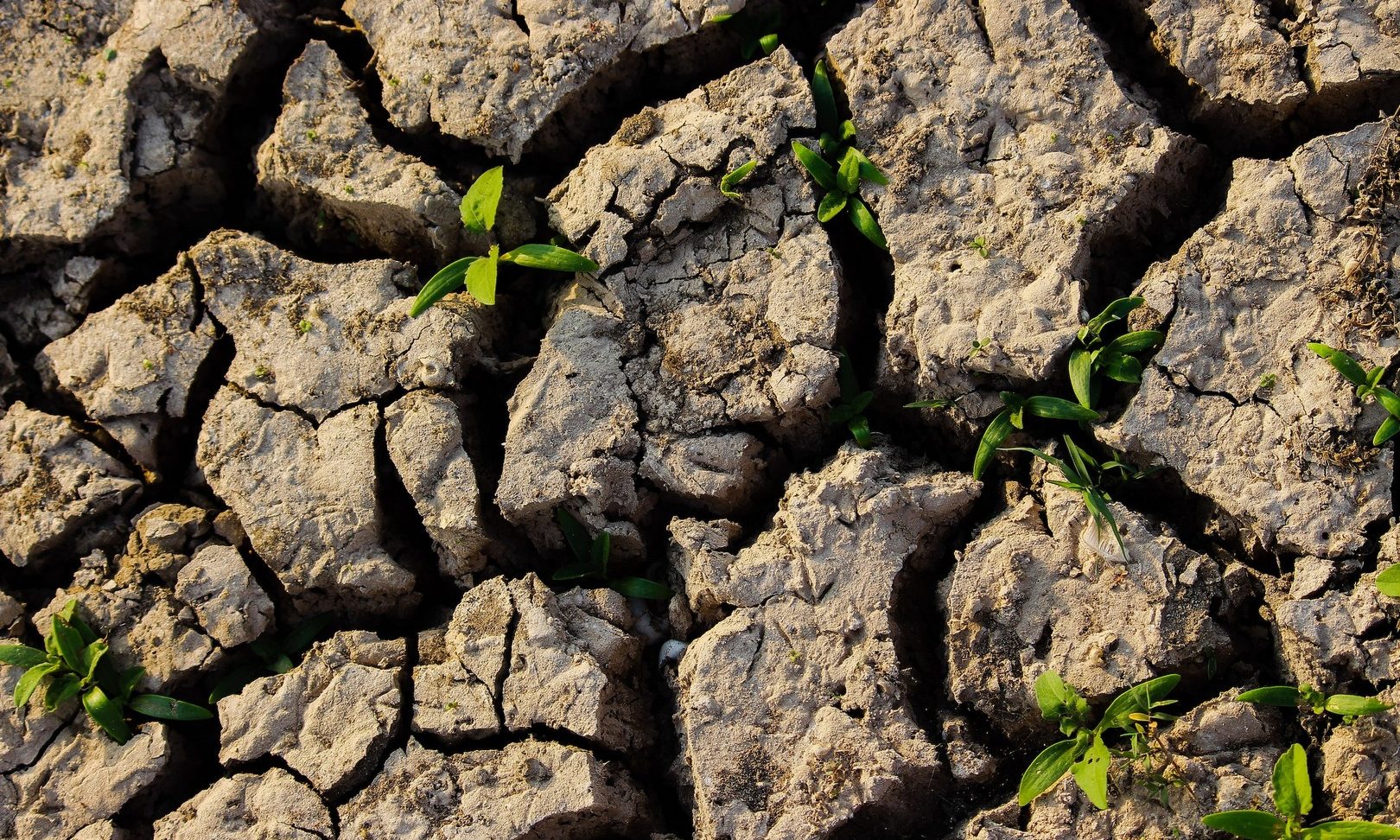
To stop soil degradation, an urgent measure that is essential to help mitigate droughts. ©Abhishek-Pawar-unsplash
This evidence is often forgotten in debates on the climate crisis: the soil is the basis for the development of our food resources; it is the element that sustains the Earth’s vegetation cover, shapes the landscape, and provides the most accurate climatic information. Artificial satellites, for example, classify a region’s climate based on the soil’s appearance and the measurements they obtain of water within it. Lands are hyper-arid, arid, semi-arid, sub-humid, or humid depending on the evapotranspiration (moisture loss through evaporation and transpiration by vegetation) and rainfall they receive, and each of these ratings identifies a type of climate.
In soil, plants reverse entropy
In recent years we have learned the language of soil very quickly. It only needs water to carry out one of the aspects that characterize life: the creation of order out of disorder, the opposite of entropy, which increases in the universe over time.
Our body is an example of how we generate an organized structure of cells, tissues, organs, and systems from the disordered intake of nutrients (proteins, sugars, fats, minerals, water…). Plants do the same: they absorb a myriad of chemical elements through their roots, such as nitrogen, phosphorus, and minerals that exist in disorder in the soil, and produce with them chlorophyll and molecules for photosynthesis, which is the biochemical process by which plants grow using sunlight, CO2, and water. It is an essential process that shapes the terrestrial environment as we know it.
In general, the balance of nutrients in the soil is maintained by a complex network of biological interactions and chemical processes. If this network is disturbed, the plant cover suffers the consequences: photosynthesis decreases, plants grow less, and they become vulnerable to the action of microorganisms and insects. The entire ecosystem is affected.
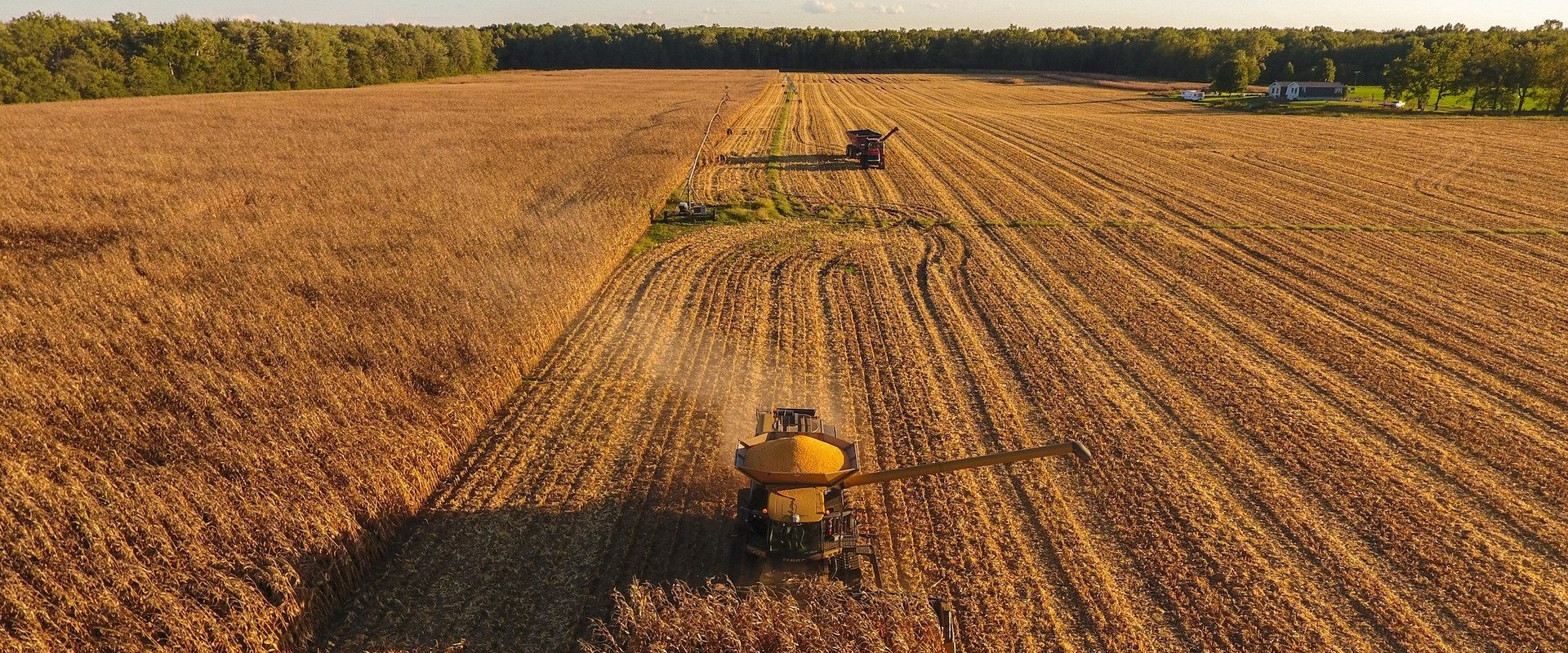
Intensive and poorly managed agriculture is taking its toll. Practices such as monoculture, excessive use of fertilizers and pesticides, and poorly managed irrigation pollute and overexploit water and impoverish farmland. © Loren-King-unsplash
Scientists warn that photosynthesis processes on Earth are dangerously altered. There is no lack of sunshine, nor will there be for several billion years, but intensive and poorly managed agriculture is taking its toll. Practices such as monoculture, excessive use of fertilizers and pesticides, and poorly managed irrigation pollute and overexploit water and impoverish farmland.
According to FAO, the production of global phosphate and nitrogen fertilizers increased from 51 million tons in 1961 to 187 million tons in 2019. In addition, agricultural land receives about 115 million tons of inorganic nitrogen fertilizers annually. As for chemical pesticides, more than 4.6 million tons of these products are discharged into the environment each year. And the impact on the soil is disastrous.
A sponge that must continue functioning
Sponginess is one of the fundamental physical characteristics of the link between soil and water. Parched earth ceases to be spongy and cannot retain moisture, triggering a vicious cycle of nutrient loss. When climate change reveals its effects through persistent droughts, it accelerates degradation, weakening soil. Several studies point out that when the ground is no longer spongy, it hardens and becomes vulnerable to erosion. Desertification is the next step.
Droughts reveal the close link between soil and water. According to FAO, rainfed crops are the ones to be considered the most from the perspective of world food security, as they account for 80% of agricultural production in most subtropical countries, which are the most affected by the droughts of the climate crisis. Another enemy of soil is poorly managed irrigation, which leads to overexploitation of aquifers and wetlands in periods of scarcity, causing geological alterations, often irreversible, in these systems.
Regenerative agriculture, the best tool
Scientists claim we must understand the importance of soil in environmental management. All the proposed solutions include abandoning monoculture and stopping the use of fertilizers and pesticides; the so-called “regenerative agriculture” is scientifically presented as the model to follow. Its main objective is to recover soil fertility without synthetic chemical products, encouraging crop rotation and opting for native plant species so that ecosystems return to balance and the soil recovers its sponginess.
Regenerated soils are, therefore, much more capable of retaining water. They are also important carbon sinks as they recover the organic life within them. But most importantly, over time, they provide more significant production gains. One of the objectives of Save Soil is to disseminate this economic dimension among governments and agricultural companies.
This is difficult to achieve due to the investment required to overcome the three or four years necessary for regenerated soil to reach this productivity. The short-term vision, reinforced by production incentives, is widespread in both developed and emerging economies, hindering the change of model required. The pressure of the intensive agricultural industry (soybean, palm, peanut, rubber, etc.) is also a burden; however, the growing trend towards organic and local food is an emerging incentive in the agricultural sector.
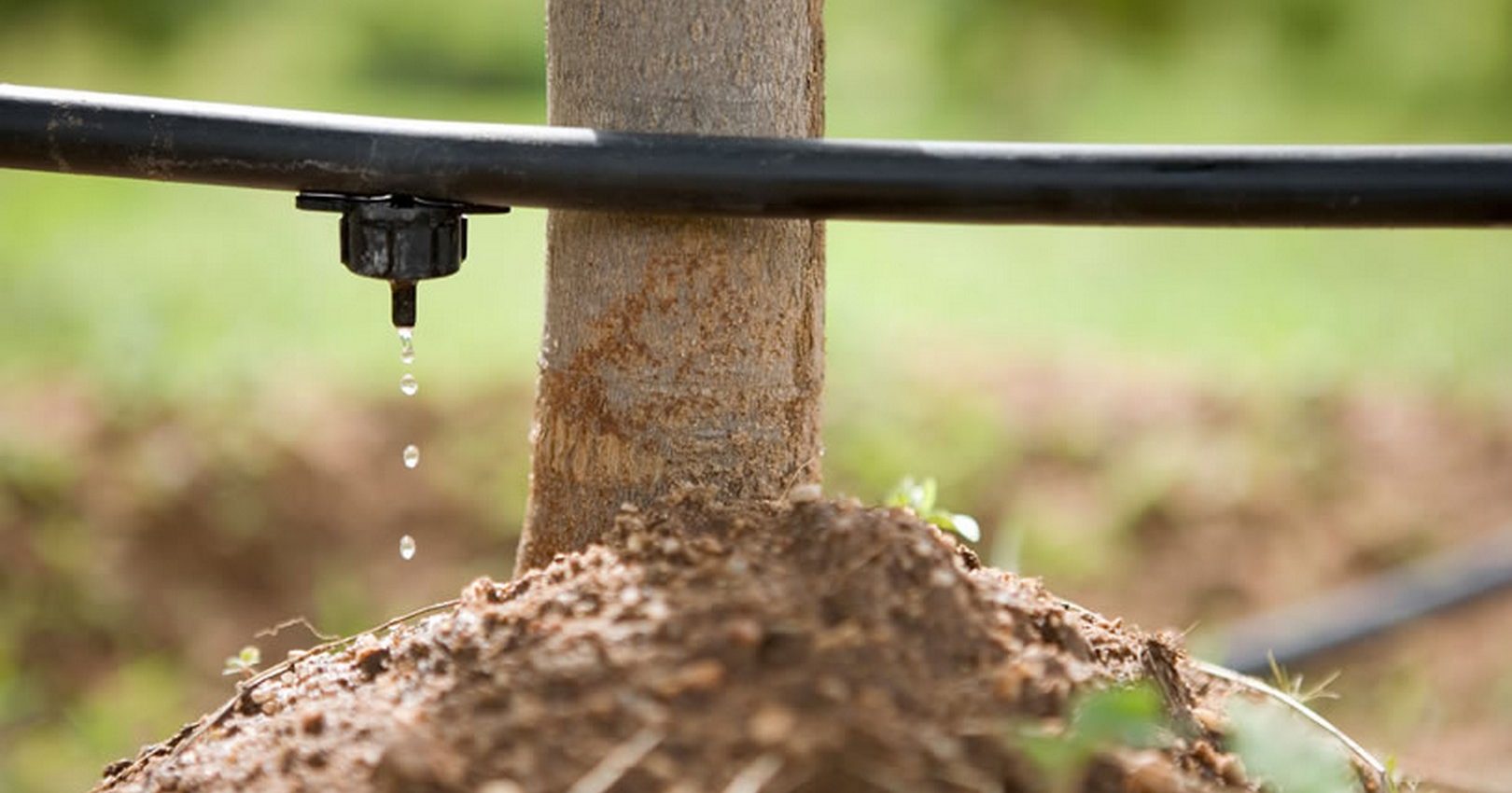
In addition to curbing intensive agriculture, it is necessary to recover traditional farming practices. This was the main objective of one of our first projects in Nicaragua, in which we helped implement an educational plan in sustainable agricultural and livestock techniques in the Bosawas Reserve to recover the natural water cycle. These techniques are the traditional ones of the Mayangna indigenous community and have allowed us to stop deforestation and foster intercultural relations.
Another tool is rainwater harvesting during the wet seasons through small reservoirs self-managed by the farming communities. For example, the experience of the four reservoirs we have helped to build in the Indian state of Andra Pradesh shows how, after a relatively short time, the soil regains its moisture, and deforestation is halted. As a result, wells fill up again, and farmers can diversify their plantations, eradicating the harmful monoculture for good.
In India, we have also seen the need to modify irrigation systems for efficient drip irrigation close to the plant’s roots. The system, powered by solar panels, saves energy and water and slows down the depletion of aquifers, which is one of the most urgent priorities in India, the world’s largest extractor of groundwater.
Healthy soil is the best tool for fighting the climate crisis and food insecurity. Regenerative agriculture, coupled with proper water management, is the best tool to achieve this. It is a critical element in the fight against desertification and the empowerment of the most disadvantaged farmers.


